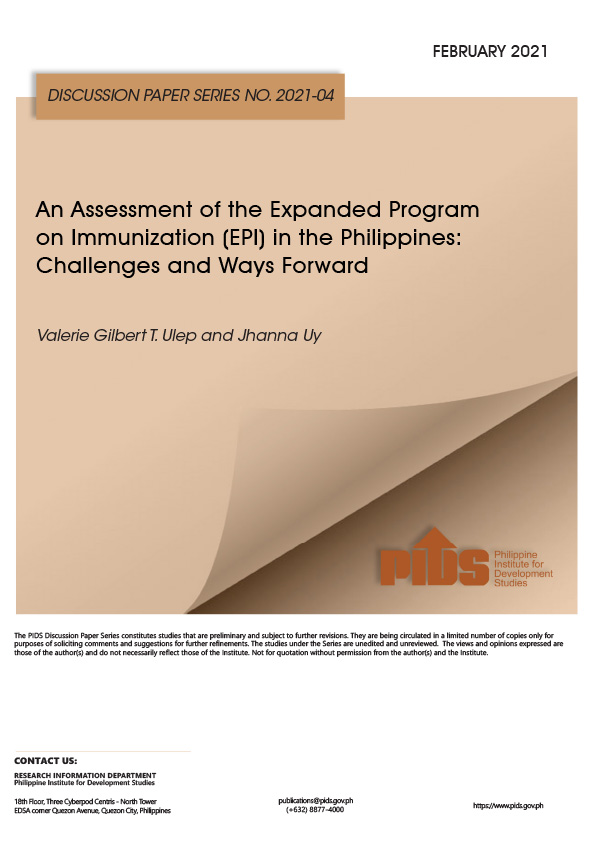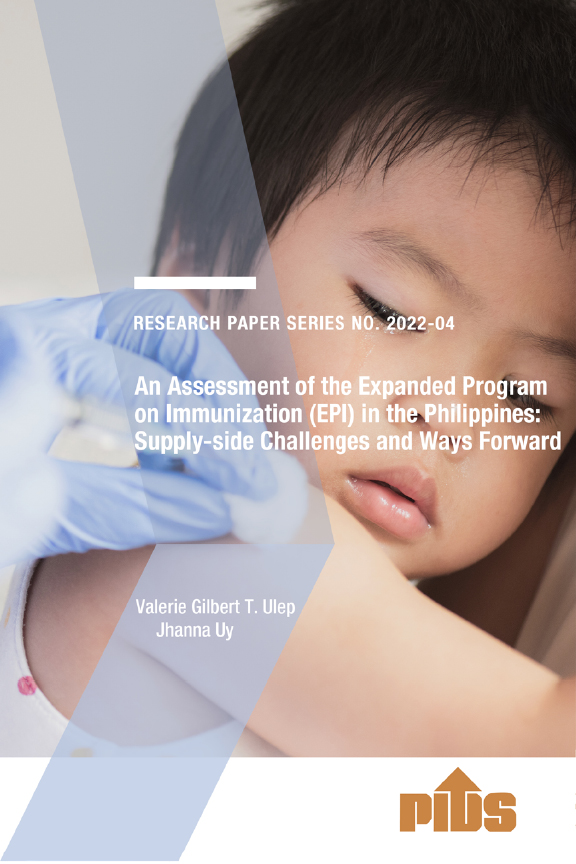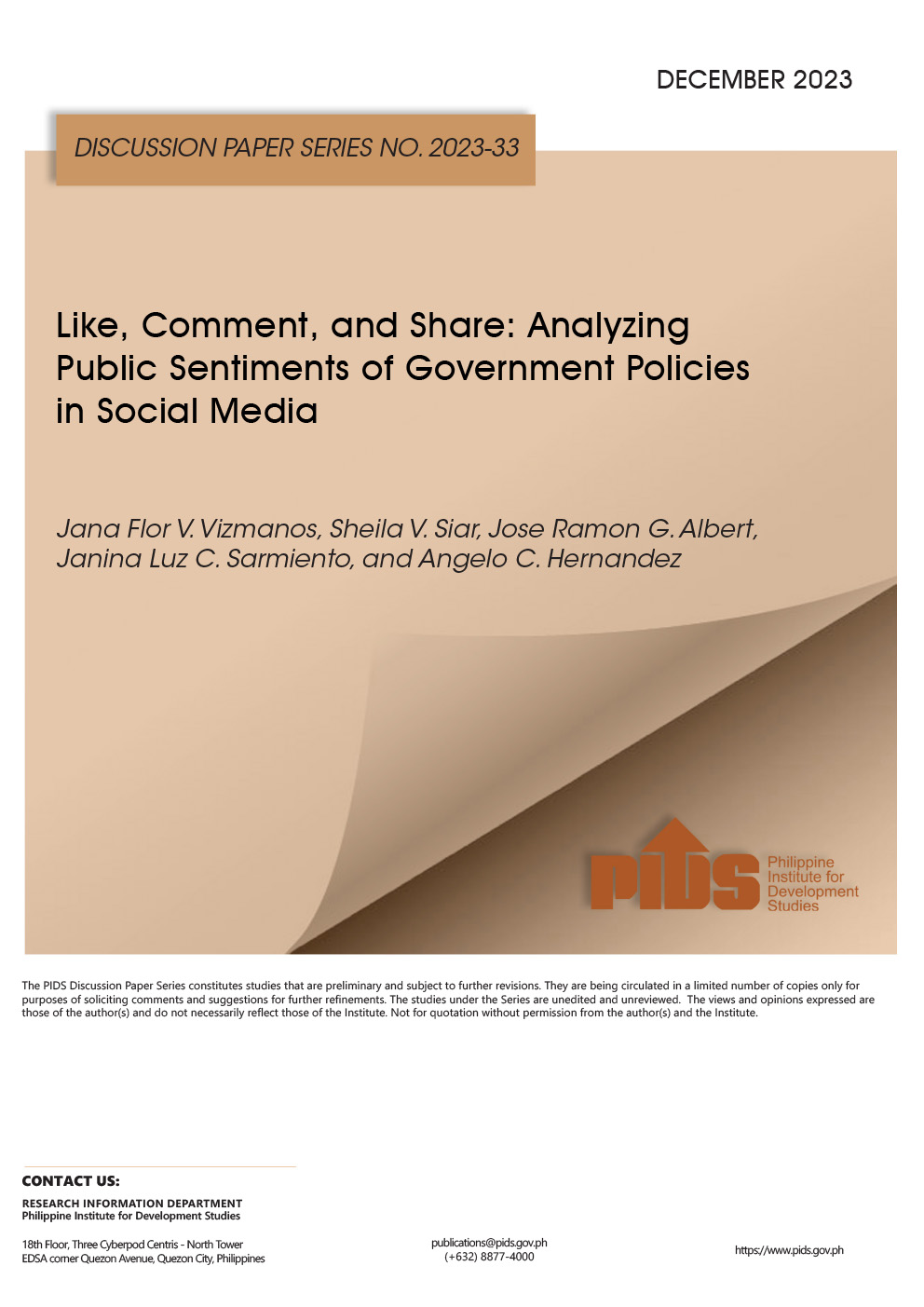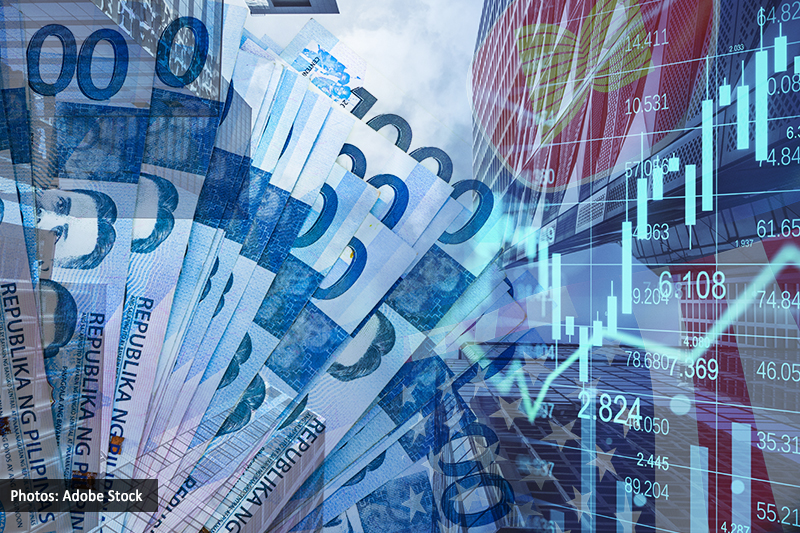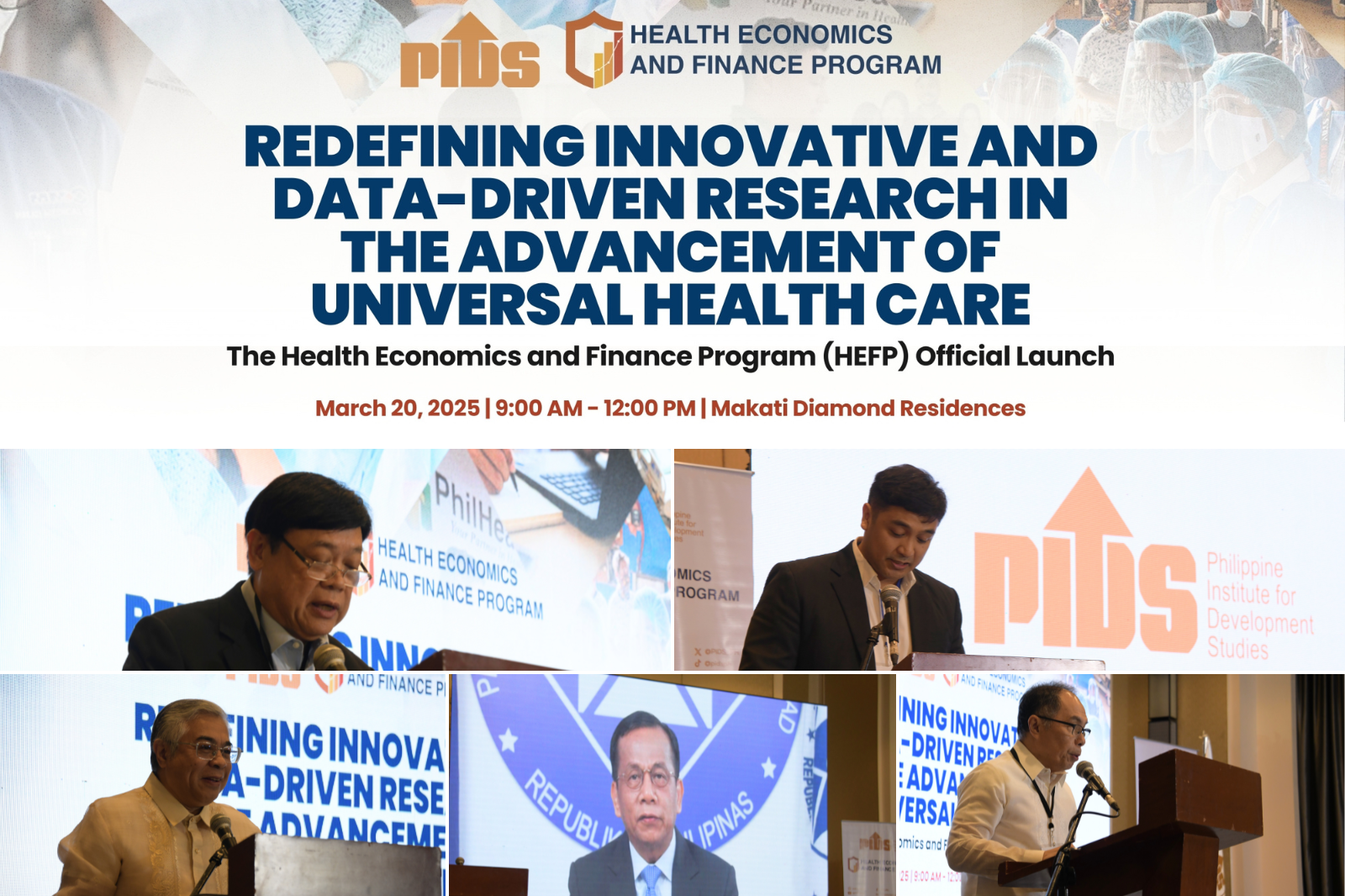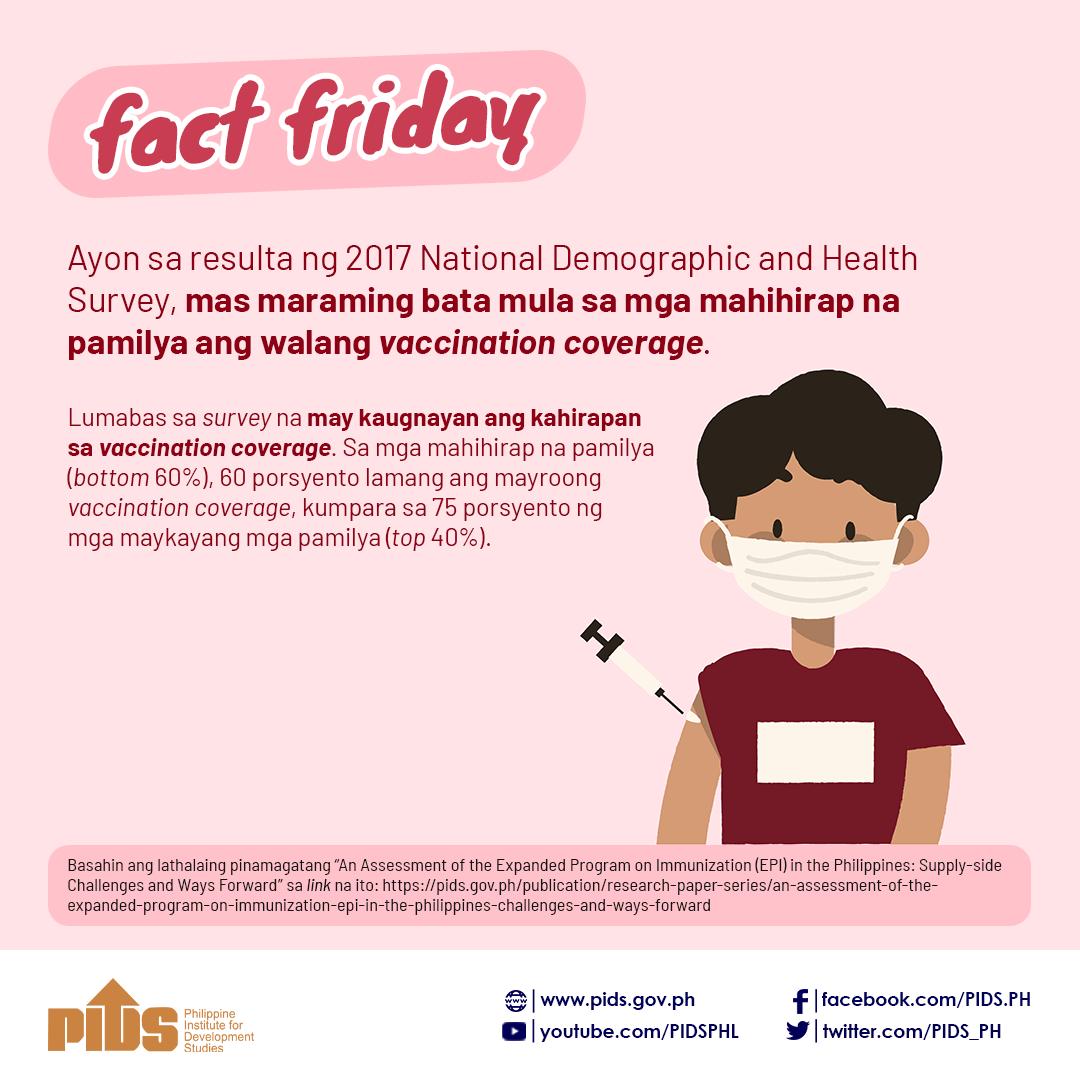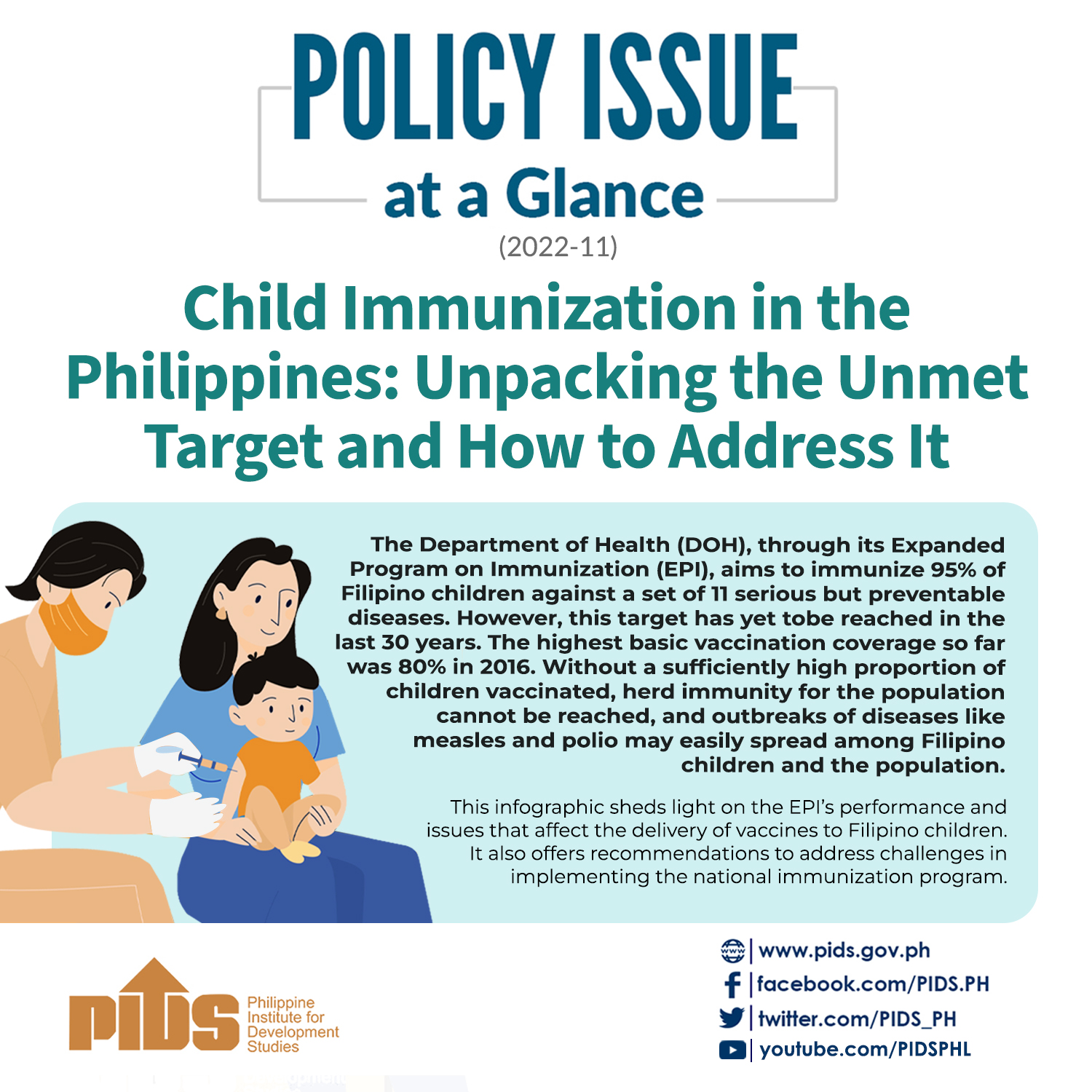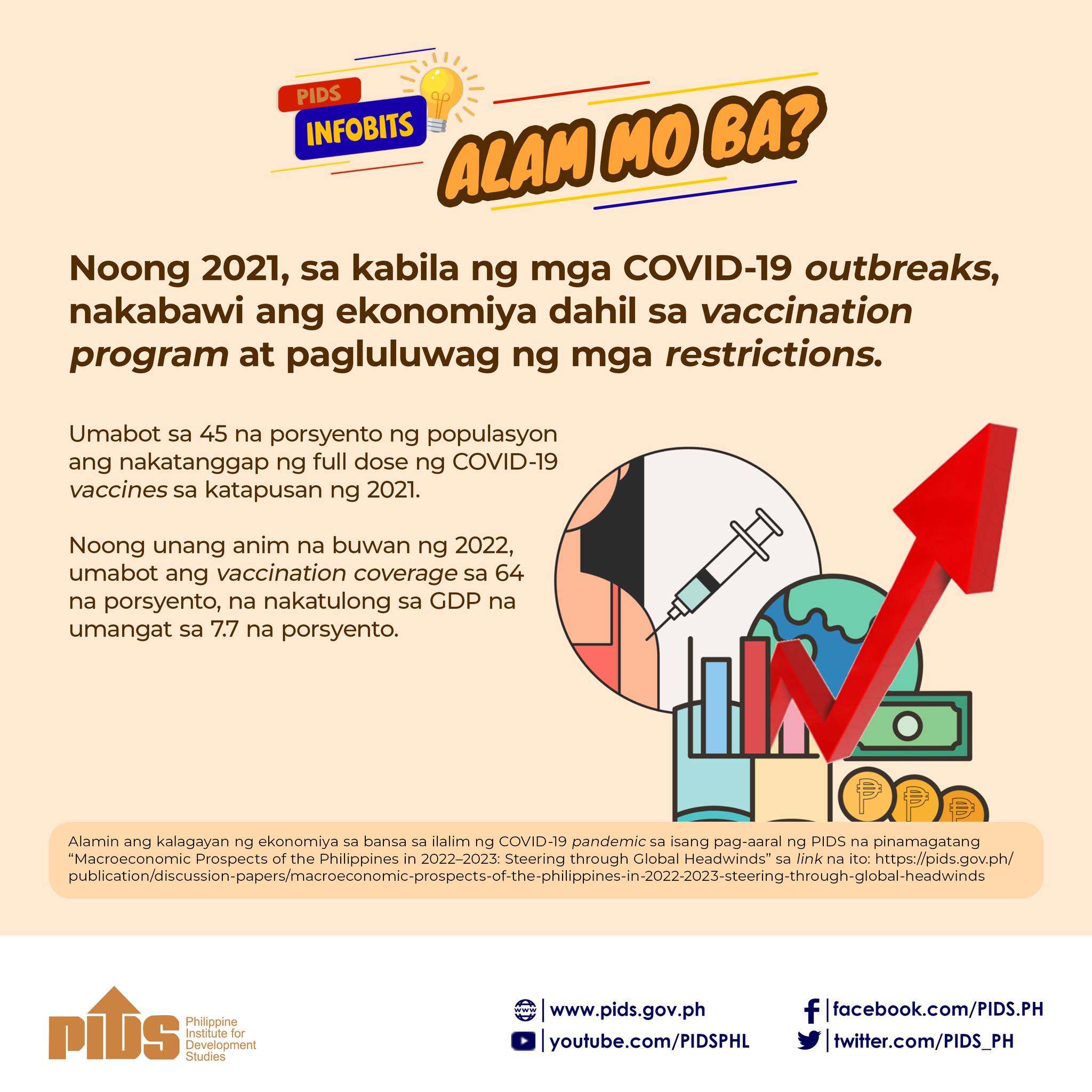The COVID-19 pandemic is highlighting the mistake of controlling prices. The DOH has issued an executive order, EO 104, that will reduce the price of some 133 of what they call essential drugs by up to 50 %. On top of this, the Department of Health is targeting to cut prices of another 72 products by 51% up to an incredible 96%. Obviously this will result in great losses to the pharmaceutical companies. They will have to think seriously about whether to bring these drugs in at all. The last time government forced price reduction on drug prices in 2009, one company withdrew from the market completely.
And subsequent review found that the price reductions had insignificant impact. As I mentioned in my June 2018 column, Health is wealth, simply forcing a reduction in prices doesn’t work. It was tried during the Arroyo administration when a law was passed. Five years later (September 2013), a study was conducted by the Philippine Institute for Development Studies (PIDS) funded by the Department of Health. Titled “The Impact of Cheaper Medicines Act (CMA) on Households in Metro Manila: A Qualitative Study”, it was principally written by Dr. Eleonara de Guzman.
The study stated: “The Cheaper Medicines Act does not seem to have resulted in significantly reducing the financial burden of medicine costs among households. Respondents from all socioeconomic classes claimed that their expenditures for medicines were still heavy. The law has had little effect on low income respondents (Class DE) who rarely buy branded medicines, but avail themselves of free medicines from government health centers or purchase low-cost generics.”/ In other words, the price reductions had insignificant impact on the consumer, particularly the consumer that matters, the poor. Who don’t pay anyway, they get for free.
The COVID-19 pandemic has caught the medical industry without a vaccine or cure. And the urgent need to discover them. The industry is pouring huge amounts into research, amounts running into the billions of dollars. Billions that will have to be recovered. Since the investments are huge and lives are at stake, pharmaceutical companies have entered into partnerships even with competitor companies.
The cure and vaccine for COVID-19 will be an essential drug people must have. But under EO 104, because it is an essential drug it will fall under price control. If they exclude these COVID-19 cures and vaccines from the controlled list, what argument will they use? The medicines for diabetes and heart ailments, respiratory illnesses and cancers are just as essential as COVID cures, even more so as an estimated 300,000 deaths occur in the country per year as a result of these illnesses versus 824 so far for COVID-19. Their prices will be reduced by EO104.
So COVID-19 vaccines and cures must be too. That will result in the suppliers of these COVID drugs, where demand will outstrip supply, prioritizing other markets where they can be sure of recouping the huge cost of research. The Philippines will not get the expected relief from COVID-19.
It’s the case with many of the drugs on the list of drugs where prices will be reduced, suppliers will rethink delivery to the Philippines. And when other new ones are discovered – for cancer for instance – EO 104 will result in the Philippines being last on the list to supply, if at all. You’ll have to travel overseas to get the drugs you need. And overseas travel is not a particularly enticing thought at the moment. Not even allowed for many months yet.
A disturbing side note on this is that EO 104 introduces price cuts at the wholesale level (MDWP) as well as at retail (MDRP). Why? The only concern of the DOH should be what the patient pays. Even stranger, some wholesale prices are cut, but the retail price isn’t. Wasn’t the whole point of EO104 to help the patient? Take Fluticasone (an anti-asthma drug) the price was P85.00 per pill, under the Executive Order reducing prices the MDWP is P59.02, while the MDRP 85.0. The net effect is zero reduction in retail price, while pharmacies benefit from a margin of 44%, significantly higher than the 10-15% they generally enjoy.
This is a very strange regulation that will do more harm than good. It’s a populist stance whose goal (lower prices) could be achieved in better ways. The DOH should meet with the manufacturers for pooled procurement and other ways that are mutually agreeable to achieve the same price reductions, without loss to the companies but benefit to the patients. But they have declined to do so. This EO104 should be cancelled so we still get the essential drugs sick people need and be on the list for COVID vaccines and cures.
And subsequent review found that the price reductions had insignificant impact. As I mentioned in my June 2018 column, Health is wealth, simply forcing a reduction in prices doesn’t work. It was tried during the Arroyo administration when a law was passed. Five years later (September 2013), a study was conducted by the Philippine Institute for Development Studies (PIDS) funded by the Department of Health. Titled “The Impact of Cheaper Medicines Act (CMA) on Households in Metro Manila: A Qualitative Study”, it was principally written by Dr. Eleonara de Guzman.
The study stated: “The Cheaper Medicines Act does not seem to have resulted in significantly reducing the financial burden of medicine costs among households. Respondents from all socioeconomic classes claimed that their expenditures for medicines were still heavy. The law has had little effect on low income respondents (Class DE) who rarely buy branded medicines, but avail themselves of free medicines from government health centers or purchase low-cost generics.”/ In other words, the price reductions had insignificant impact on the consumer, particularly the consumer that matters, the poor. Who don’t pay anyway, they get for free.
The COVID-19 pandemic has caught the medical industry without a vaccine or cure. And the urgent need to discover them. The industry is pouring huge amounts into research, amounts running into the billions of dollars. Billions that will have to be recovered. Since the investments are huge and lives are at stake, pharmaceutical companies have entered into partnerships even with competitor companies.
The cure and vaccine for COVID-19 will be an essential drug people must have. But under EO 104, because it is an essential drug it will fall under price control. If they exclude these COVID-19 cures and vaccines from the controlled list, what argument will they use? The medicines for diabetes and heart ailments, respiratory illnesses and cancers are just as essential as COVID cures, even more so as an estimated 300,000 deaths occur in the country per year as a result of these illnesses versus 824 so far for COVID-19. Their prices will be reduced by EO104.
So COVID-19 vaccines and cures must be too. That will result in the suppliers of these COVID drugs, where demand will outstrip supply, prioritizing other markets where they can be sure of recouping the huge cost of research. The Philippines will not get the expected relief from COVID-19.
It’s the case with many of the drugs on the list of drugs where prices will be reduced, suppliers will rethink delivery to the Philippines. And when other new ones are discovered – for cancer for instance – EO 104 will result in the Philippines being last on the list to supply, if at all. You’ll have to travel overseas to get the drugs you need. And overseas travel is not a particularly enticing thought at the moment. Not even allowed for many months yet.
A disturbing side note on this is that EO 104 introduces price cuts at the wholesale level (MDWP) as well as at retail (MDRP). Why? The only concern of the DOH should be what the patient pays. Even stranger, some wholesale prices are cut, but the retail price isn’t. Wasn’t the whole point of EO104 to help the patient? Take Fluticasone (an anti-asthma drug) the price was P85.00 per pill, under the Executive Order reducing prices the MDWP is P59.02, while the MDRP 85.0. The net effect is zero reduction in retail price, while pharmacies benefit from a margin of 44%, significantly higher than the 10-15% they generally enjoy.
This is a very strange regulation that will do more harm than good. It’s a populist stance whose goal (lower prices) could be achieved in better ways. The DOH should meet with the manufacturers for pooled procurement and other ways that are mutually agreeable to achieve the same price reductions, without loss to the companies but benefit to the patients. But they have declined to do so. This EO104 should be cancelled so we still get the essential drugs sick people need and be on the list for COVID vaccines and cures.

